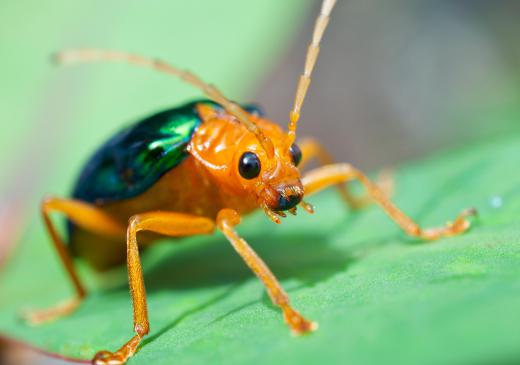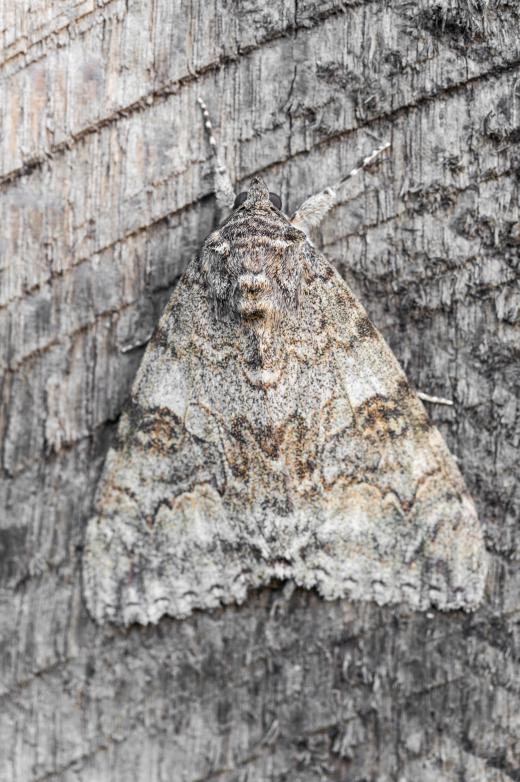How Many Species of Insect are There?
 Michael Anissimov
Michael Anissimov
Insects are the most diverse group of animals on Earth. There are over a million described species of insect, and an estimated 6-10 million species total. Insects are found in nearly every above-ground environment, even in Antarctica, which has a species of insect called springtails. There is even one that lives on the surface of the open ocean, walking on the water tension using tiny leg hairs. These are insects of the genus Halobates, otherwise known as sea skaters or water striders. Around Antarctica, where there is greater oxygen in the sea than the Equator, these can grow to 30 cm (1 ft) in width.
So far, there have been observations of 5,000 dragonfly species, 2,000 praying mantis, 20,000 grasshopper, 170,000 butterfly and moth, 120,000 fly, 82,000 true bug, 360,000 beetle, and 110,000 bee, wasp and ant species. Keep in mind that arachnids, such as mites — of which there are over 1 million described species — and crustaceans, like lobsters, are not insects, which only includes members of the class Insecta.

Species of insect range in size from 0.139 mm (0.00547 in, fairyfly) to 55.5 cm (21.9 in, stick insect), with most falling between 0.5 mm (0.02 in) and 50 mm (2 in). In general, smaller insects are capable of reproducing more rapidly due to their larger counterparts, allowing them to maintain their biomass over generations. If the biomass is not regularly replenished, then a species will go extinct. It is thought that the all the species of insects alive today only represent about 1% of all insects that have ever lived.

Insects are truly a success story for animals. Although most people don't think of insects when the word "animal" is mentioned, they are both the most successful and numerous. The global insect biomass is estimated at 1012 kg, with approximately 1018 distinct individuals. Divided by the total number of species, this gives an average of 100 million individuals per species. Of course, like with other animals, the majority (over 66%) of insect species are found in the world's rainforests.
AS FEATURED ON:
AS FEATURED ON:














Discussion Comments
@alisha-- Does it look like a hummingbird?
If so, it's a hummingbird hawk-moth. The species is M. stellatarum, it's in the moth family.
There are at least six families of moths and thousands of species within each family. The hummingbird hawk-moth is a really special one. It really looks like a hummingbird and it flies around eating nectar.
May I ask where you saw it? The only time I saw one was in Europe.
The other day, I saw a large flying insect in the garden. It had a really long needle like thing on its mouth and it went from flower to flower doing something with it.
Does anyone know what I'm talking about? What species is it?
For some reason, I always thought that insects were a separate group from animals. It never occurred to me that they are animals as well.
Off all the animals, insects must be the coolest and most interesting. They are usually small but they have really different features and can do things that we can't do.
For example, I used to hate bees until I learned about them in science class. I didn't know before that they bees are responsible for pollination and if it weren't for bees, we wouldn't have food to eat.
No there is more up to 30,000,000 in the amazon alone.
It may seem astonishing, but bugs can fly up to very high levels in the atmosphere. I think some are only limited when oxygen is no longer available to them. Some bugs have been found as high as Mount Everest!
How high can bugs fly?
Post your comments